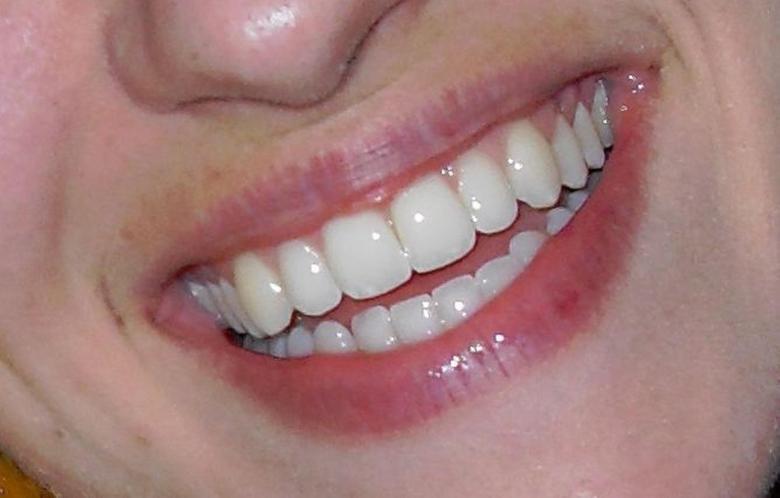What is a root canal?
Rancho Cucamonga Dentists say, these replies are often due to a misunderstanding about:
- What a root canal is
- Exactly why a root canal is required
- And just how a root canal can be prevented with very excellent oral care habits.
How Decay Begins – Rancho Cucamonga Dentists
Rancho Cucamonga Dentists say, a root canal is necessary to aid treat tooth decay.
The tooth becomes infected, or abscessed, when the decay goes over and above the enamel and progresses towards the dentin, or the layer underneath the enamel.
Decay reaches the guts structure of the tooth, which is called preservative.
At this point, the inflammation that has been caused by the decay in the tooth is more irreversible.
The neural arrangement of the tooth starts to perish.
As this happens, chemicals are released that can cause an infection at the tip of the origin, unfortunately leading to pain and swelling.
This is generally the point at which the toothache gets noticeable and painful. The patient will usually search for a local Rancho Cucamonga Dentist that can assist with alleviating the pain and treat the tooth with root canal therapy.
Because a root canal process is rather unique and has to be performed properly, patients select a dentist who has practical knowledge and expertise in root canals.
Who Performs Root Canals?
Rancho Cucamonga Dentists say, according to the American Association of Endodontists, a root canal may be performed with a general dentist or by an endodontist.
An endodontist is a Rancho Cucamonga Dentist that has got long training and specializes in care of the inside of the tooth.
A general Rancho Cucamonga Dentist usually determines on a per-case basis whether to perform a root canal or to refer the patient into an endodontist.
A Root Canal Treatment?
During a root canal, the tooth is anesthetized while in the same manner as when a cavity is filled.
The anesthetization means that the root canal process should be pain free.
The decay, the inflamed and infected pulp and any other nerve tissue located in the tooth’s follicles are taken off, and the tooth is prepared to be more filled.
The filling material is a rubbery substance called gutta-percha.
This is role is usually always to really be a sealant that blocks the entire root structure and prevents oral fluids from reaching the tooth and reinfecting the tooth’s internal arrangement.
Although the origins and nerve chamber are sealed by the task, the tooth remains greatly weakened and requires a heart build and crown to protect its remaining walls.
The filling core and crown act as a protecting cover.
They shield the tooth from further damage and aid in preventing proper chewing function.
Occasionally, if the decay or infection is modest, a crown is just not required. In this instance, a center buildup is all that is necessary as a final restoration. Now, generally depending on the magnitude of the damage, the main canal may take one or more visits.
After the complete root canal and final restoration have now been finished, the endodontist will typically routine a follow-up visit after a few months to assess for whole healing around the bone around the tooth.
According to the Academy of General Dentistry, root canals, when properly completed, have a hit rate of more than 95 percent and are significantly cheaper than the alternative of extraction and replacement.

